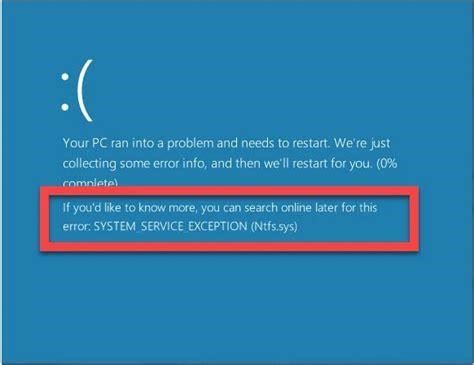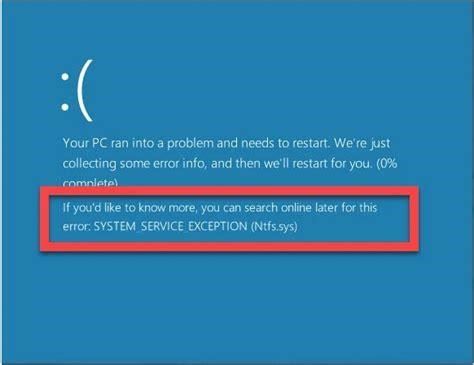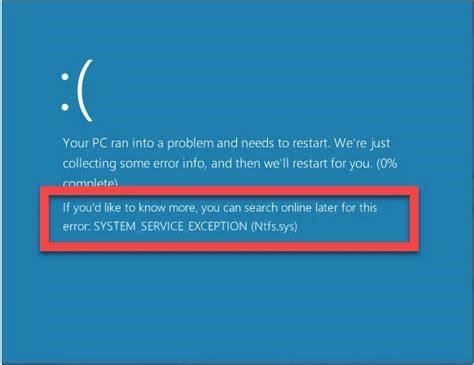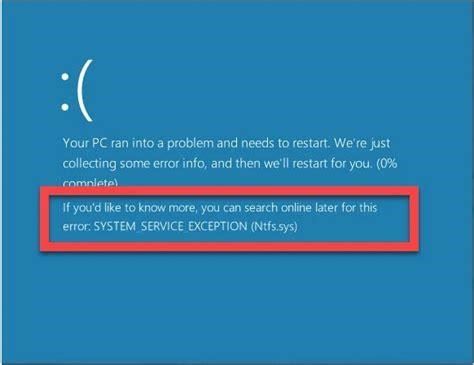Fixing Bluetooth Problems on Windows 10
Bluetooth technology allows wireless connections between devices like headphones, speakers, keyboards, and more. It’s supposed to just work, but sometimes Bluetooth can be temperamental on Windows 10. If you’re struggling to connect or use Bluetooth devices, don’t worry – we’ve got your back. In this guide, we’ll walk through all the steps to troubleshoot and resolve most common Bluetooth problems on Windows 10.
1. Check Basic Bluetooth Settings
Before troubleshooting, verify Bluetooth is actually turned on. Select the Network, Sound, or Battery icon in the taskbar system tray, and look for the Bluetooth toggle. Make sure it’s switched on. If the toggle is grayed out or missing entirely, Bluetooth may be disabled at the driver level – more on this shortly.
While in the system tray, you can also click the Bluetooth icon itself to open the main Bluetooth settings pane. Here you can see a list of paired devices and perform basic management. Make sure your problem device is listed – if not, try re-pairing it from scratch.
Why does Bluetooth not appear in Device Manager?
Sometimes Bluetooth may not appear in Device Manager if the driver isn’t compatible with the version of the operating system. Open Start. Search for Device Manager and click the top result to open the app. Expand the Other devices branch. Select the unknown device, right-click it, and select the Properties option.
How do I enable Bluetooth on Windows 10?
To turn on Bluetooth on a Windows 10 computer, open the Start menu and go to Settings > Devices > Bluetooth & other devices. Then click the slider next to Bluetooth to turn it on. Finally, click Add Bluetooth or other devices and select your device from the list to connect it.
2. Update Bluetooth Drivers
Outdated drivers are a common source of Bluetooth woes. Here’s how to update them:
Right-click the Start menu and launch Device Manager. Expand the "Bluetooth" section and right-click your Bluetooth adapter. Select "Update driver" then "Search automatically…" and let Windows fetch the newest software from the web. If that doesn’t work, visit your PC or hardware manufacturer’s website and manually download the latest Bluetooth driver. Install it through Device Manager using the "Browse my computer…" option.
Once the driver is updated, reboot your PC. This gives the new driver a clean slate to work with.
3. Remove and Re-Pair Devices
If your device shows up in the Bluetooth settings but won’t connect or work properly, removing and re-pairing it often helps:
Open the main Bluetooth settings pane as outlined above. Right-click the problem device and select "Remove device." Then power cycle the device itself – toggle Bluetooth off and back on, or remove and reinsert batteries.
Finally, initiate pairing again from scratch. The device should show up for pairing in the Bluetooth settings – just select it and follow the prompts. Fingers crossed, this clears up any gremlins.
How do I fix Bluetooth not working Windows 10?
1) On your keyboard, press the Windows logo key and type troubleshoot. Then hit the Enter key on your keyboard. 2) Select Bluetooth, then click Run the troubleshooter. 3) Wait for this process to be complete. Then, try pairing your Bluetooth devices to your PC again. If your Bluetooth still won’t discover devices, then read on and try the next fix.
How do I check if the Bluetooth service is running on Windows 10?
To confirm it’s on, open the Windows 10 Action Center by selecting the system tray icon in the lower-right corner of the screen, and look at the Bluetooth icon. If it’s dim, Bluetooth is turned off. Select the Bluetooth icon to turn it on. If you turn on Windows 10 Airplane mode while in the air, turn it off after you land.
4. Run Bluetooth Troubleshooter
Windows 10 has a built-in Bluetooth troubleshooter that diagnoses and fixes common problems automatically. It’s quick and easy to use:
Go to Settings > Update & Security > Troubleshoot then scroll down to "Bluetooth" and click "Run the troubleshooter." The tool will analyze your system and make necessary repairs. Once complete, try using Bluetooth again – the issue may be resolved.
5. Reset Bluetooth Hardware
If software fixes don’t cut it, resetting the Bluetooth hardware itself may do the trick:
Press Windows+X and select Device Manager. Expand "Bluetooth" then right-click your Bluetooth adapter and select "Disable." Wait a few seconds, then right-click it again and select "Enable" to restart the hardware.
Alternatively, you can just reboot your PC which essentially achieves the same effect. After resetting Bluetooth, attempt to connect your devices again.
6. Investigate with Feedback Hub
If you’ve tried every fix to no avail, it’s time to dig deeper. The Windows Feedback Hub allows you to report Bluetooth bugs directly to Microsoft:
How do I check if my device supports Bluetooth?
Check action center to see if your Windows device supports Bluetooth. If it does, there’ll be a Bluetooth button in action center. Make sure it’s turned on. If you don’t see the Bluetooth button in action center, try updating your device’s driver. Here’s how: Go to Start , enter Device Manager, and select it from the list of results.
Does Windows 10 have Bluetooth?
While Bluetooth is common with smart devices, it’s not used by everything. If the product doesn’t mention Bluetooth on its packaging or in its instruction manual, it likely needs to connect to a Windows 10 device using another method, such as Wi-Fi or with a cable. Turn on the Bluetooth device.
How do I fix Bluetooth not working?
In Device Manager, locate your device, press and hold (or right-click) it, select Update driver, select Search automatically for updated driver software, and then follow the rest of the steps. If Bluetooth is turned on and the driver is up to date but your device still doesn’t work, try removing the device and re-pairing it.
What can I do if my Bluetooth is not working on Windows 10?
To fix the Windows 10 Bluetooth not working issue, this way is recommended. Step 1: Go to Settings > Devices > Bluetooth & other devices. Step 2: Scroll down to Related settings to click More Bluetooth options. Step 3: Under the Options tab, check the Allow Bluetooth devices to find this PC option in the Discovery section.
Search for "Feedback Hub" on the Start menu to open the app. Select +Add new feedback, choose "Problem" and pick "Devices and Drivers" as the category. In the description, explain your Bluetooth troubles in detail – when the problem occurs, error messages, steps attempted, etc. This gives Microsoft engineers insight to diagnose and squash device bugs at the system level.
Restore Stability with Fresh Windows Install
For persistent Bluetooth difficulties or broader system instability, a clean Windows reinstall may be warranted:
Download the Media Creation Tool from Microsoft to easily generate a Windows 10 installer. Run it, select "Upgrade this PC now" and follow the prompts to restore your system while retaining files and settings. This can eliminate gremlins, outdated drivers and other gunk causing Bluetooth glitches.
With the right fixes and a bit of tenacity, you can get problematic Bluetooth hardware back up and running. Don’t give up – whether it’s speakers, a controller or wireless keyboard, restoring smooth wireless connectivity pays dividends.
How do I set up Bluetooth on Windows 10?
On your PC, select the Network , Sound, or Battery icons ( ) next to the time and date on the right side of your taskbar. Select Manage Bluetooth devices on the Bluetooth quick setting, then select your device under New devices. Follow additional instructions if they appear, then select Done.
What causes Bluetooth problems on Windows 10?
Bluetooth problems on Windows 10 computers are usually caused by a combination of software and hardware issues. Sometimes multiple Bluetooth devices cause conflicts with each other and the computer to which the Bluetooth devices are trying to connect.
How do I Fix my Bluetooth connection sluggish?
Turn off your Bluetooth device, wait a few seconds, then turn it back on. Make sure your Bluetooth device is in range. If your Bluetooth device is unresponsive or sluggish, check to make sure it’s not too close to any other USB device that’s plugged into a USB 3.0 port. Unshielded USB devices can sometimes interfere with Bluetooth connections.




